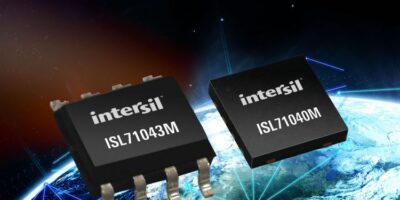SoCs and software in Wireless Gecko series 2, from Silicon Labs, are designed to optimise smart home and industrial IoT (IIoT) applications. Initial offerings are small form factor SoCs with a dedicated security core and an on-chip radio. According to Silicon Labs, the radio delivers x2.5 the wireless range of competing solutions.
The Wireless Gecko series 2 simplifies IoT product design with integrated SoC options and reusable software that make RF communication more dependable and energy efficient, claims Silicon Labs.
The first products include EFR32MG21 SoCs supporting multi-protocol, Zigbee, Thread and Bluetooth mesh networking, and EFR32BG21 SoCs dedicated to Bluetooth Low Energy and Bluetooth mesh. These SoCs provide line-powered IoT products including gateways, hubs, lights, voice assistants and smart electric meters.
According to the company, the SoCs provide best-in-class RF performance with +20dBm output power and up to +124.5dB link budget. Improved blocking performance enables a robust radio and processing and security are assured with the 80MHz Arm Cortex-M33 core, which has TrustZone technology.
The 40nm process technology yields a low active current SoC (50.9 microA/MHz). The multi-protocol SoCs are in a 4.0 x 4.0mm QFN package.
The company has released some details of future pin- and software-compatible Wireless Gecko Series 2 SoCs and modules, which will have additional dedicated security technologies for connected products with enhanced security features, which is expected to drive mass adoption of the IoT.
Silicon Labs’ Simplicity Studio suite of tools for development support includes a unified wireless development kit, software development kits, energy profiler, patented network analysis, application demos and mobile apps. The Wireless Gecko starter kit mainboard and EFR32xG21 radio boards are also available now.
The EFR32MG21 and EFR32BG21 are available now in sample and production quantities.





